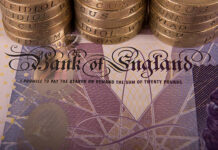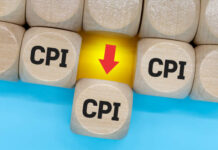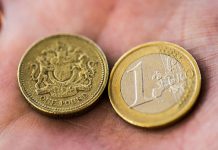The Federal Reserve Open Market Committee (FOMC) maintained the current stance of monetary policy, which includes keeping the federal funds rate at the current 0% to 0.25% range. The statement also maintained the commitment to purchase at least $80 billion in Treasuries and $40 billion in agency mortgage-back securities per month.
The Fed statement noted that “progress on vaccinations has reduced the spread of COVID-19 in the United States. Amid this progress and strong policy support, indicators of economic activity and employment have strengthened.”
The accompanying Summary of Economic Projections was upgraded as follows:
- The median projection for real GDP growth was upgraded to 7% (from 6.5%) in 2021 and unchanged at 3.3% in 2022. The forecast for 2023 ticked up to 2.4% from 2.2%, while the expectation for growth over the longer run was unchanged at 1.8%.
- The median unemployment rate forecast was unchanged at 4.5% in 2021, lowered to 3.8% (from 3.9%) in 2022, and unchanged at 3.5% in 2023. The median longer-run estimate for the unemployment rate remained at 4.0%.
- On inflation, the median estimate for core PCE rose to 3.0% in 2021, 2.1% in 2022, and 2.1% in 2023.
- The median projection for the fed funds rate remained at the lower bound through 2022, but increased to 0.6% in 2023. The long-run neutral rate was unchanged at 2.5%.
All of the members of the FOMC voted in favor of the decision.
Key Implications
The Fed continues to upgrade its outlook. With economic growth rapidly closing in on its potential and job gains continuing at a robust clip, the Fed is clearly gaining more confidence in the economic recovery.
At the same time, inflation is surprising to the upside. Though some of this is temporary and will ease over the coming months, the strength of the recovery is likely to make way for more sustainable inflation above 2%. The Fed’s view of core PCE inflation at 2.1% in 2022 is proof that the Fed sees things the same way.
This resulted in the median of the FOMC changing its view, moving forward the first rate hike to 2023. Previously, only a minority of the Fed thought this would happen. The shift to a more hawkish Fed is underway. We think there is more to come. While 13 members think the first hike happens in 2023, 7 members see it happening in 2022. With the economic recovery set to continue at a torrid pace, more Fed members are likely to continue to signal an earlier start to the rate hiking cycle. This should be the impetus for higher bond yields going forward.
This also has an implication for Quantitative Easing (QE). Though the Fed announced that it will continue purchasing at the current pace, there have been some members of the Fed that have called for a plan to adjust QE policy. Though nothing was explicitly stated here, we expect more aggressive rhetoric to come in subsequent member speeches.












